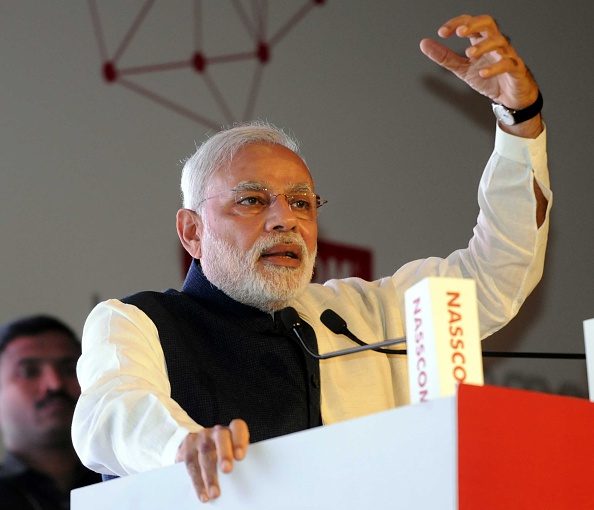
New Delhi’s no-first use nuclear policy compels India to strengthen her ability to retaliate against adversaries in a way that is irrespective of the range and yield of the nuclear weapon used by the adversary. This is to say that, whether the adversary uses tactical nuclear weapons or strategic nuclear weapons, the response from India’s side would be massive retaliation.
India has been a responsible nuclear weapon state (NWS) by adopting a no-first use policy. However, India’s no-first use doctrine has been viewed by its immediate nuclear weapons possessing neighbours, Pakistan and China, with suspicion. As New Delhi has ventured into developing a ballistic missile defense (BMD) system, and also into offensive multiple independently targetable re-entry vehicles (MIRVs) which can be fitted on nuclear-capable ballistic missiles, it has become even more crucial for India to ensure that its immediate neighbours do not develop any mistrust of India’s no-first use nuclear doctrine. India needs to make public the rationale behind its BMD. From a realist perspective, missile defense systems can be offensive as well as defensive tools for states possessing nuclear weapons. States can choose to launch a nuclear first strike against adversaries and aim to wipe out their retaliatory capability. Missile defense could then be used as a shield against any remaining retaliatory capability of the adversary that the attacking state could not eliminate with its first strike.
However, when a state adopts a nuclear no-first use policy, BMD serves as a defensive system. That is to say, BMD would be used to protect the state from an adversary’s first strike. India has to firmly voice its rationale for BMD: that while it maintains a no-first use doctrine, a missile defense system is crucial to India’s survival. This open declaration is necessary since the combination of BMD and MIRVs can confuse states on India’s no-first use doctrine. Cold War literature suggests that MIRVs were usually meant as first-strike weapons in order to alleviate the “use them or lose them” dilemma.
BMDs and MIRVs are strategically destabilising for a region and the viable option is to ban them. However, both these technologies remain crucial to India in order to strengthen her deterrent capability and therefore cannot be banned unless such steps are undertaken at global level. Thus, I would argue, to strengthen India’s no-first use doctrine, New Delhi needs to define and differentiate adequately between the concepts of counter-strike and second strike. Back in 2006, Air Commodore Jasjit Singh, a veteran in nuclear issues and mentor of mine, had pointed out that New Delhi had not examined the doctrine of counter-strike adequately. He explained that “for India, a counter-strike strategy based on a credible deterrence defined by NFU, and which in turn is based on survivability will remain the best doctrine…”
My proposal builds on the work of Air Commodore Singh. It is necessary to differentiate clearly between the terms counter-strike and second-strike, which are often used interchangeably. Second-strike capability is a capability of a country to absorb and respond to a nuclear attack from an adversary, and is common both to states with first-use or no-first use doctrines.
Unfortunately, little has been done to delve into the concept of counter-strike. A counter-strike capability can be defined as the attack launched after a state with a no-first use doctrine has been struck with a nuclear weapon by an adversary. Like second strike, counter-strike places an emphasis on survivability of nuclear forces, but it involves a posture/capability/doctrine unique to states with a no-first use doctrine. A state with a no-first use doctrine should not use the term second strike to refer to launching its first nuclear retaliation against an adversary’s first-strike.
Literature on Chinese nuclear strategy written by Chinese analysts also mentions the terms counter-attack and counter strike in its nuclear strategy. A 2015 white paper on “China’s Military Strategy” maintains that the Chinese Navy and the Second Artillery Corps’ tasks include maintaining “strategic deterrence and carry[ing] out nuclear counterattack.”
New Delhi should adopt counter-strike as a defining term for launching its first nuclear retaliation against an enemy’s first strike. India’s nuclear doctrine should clearly define “counter-strike” capability as India’s capability to launch a punitive retaliatory strike on its adversaries as a response to a nuclear first-use or first strike. This could reduce the scope for confusion in the minds of adversaries with regard to India’s no-first use doctrine. This should be well articulated in the nuclear doctrine itself in order to ensure that adversaries feel confident about India’s no-first use doctrine.
***
Image: Sonu Mehta-Hindustan Times, Getty


